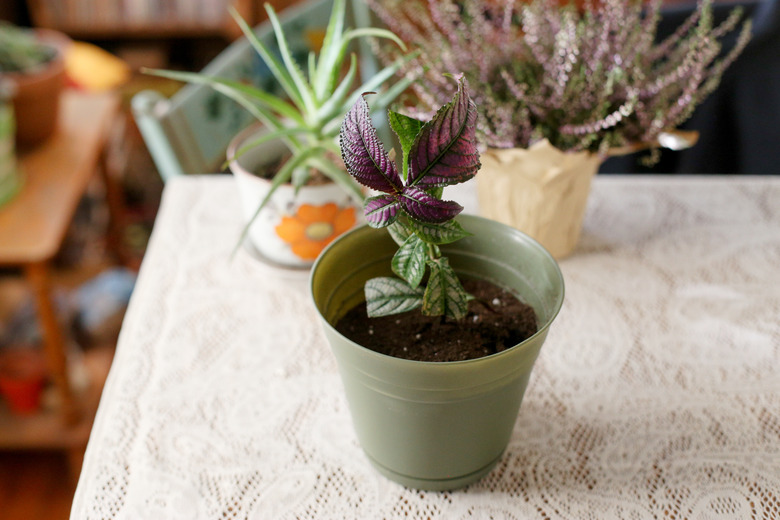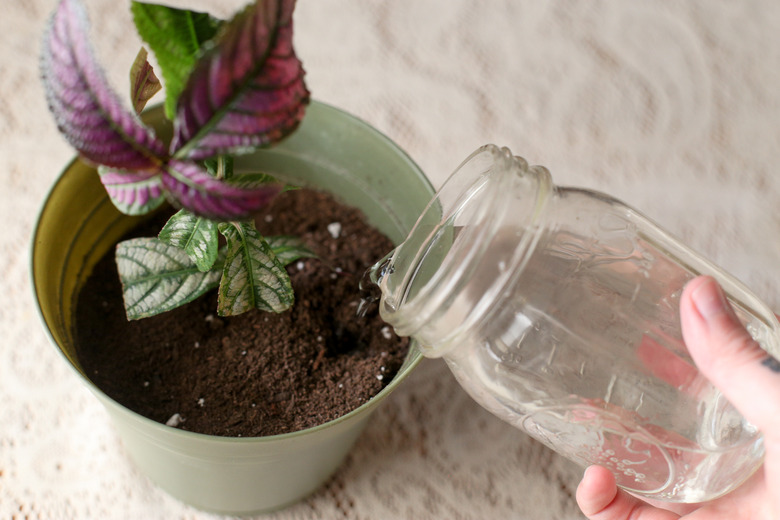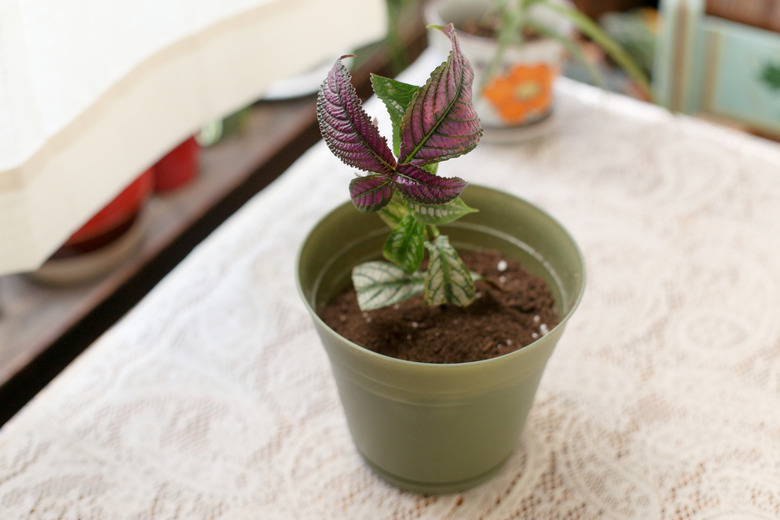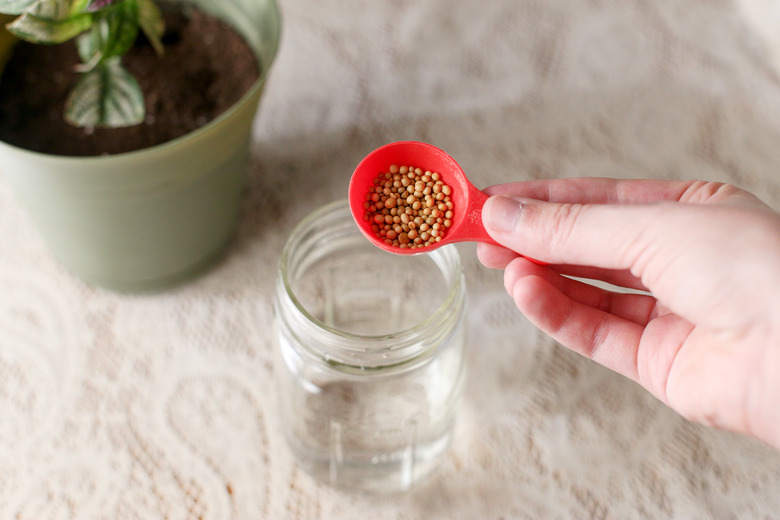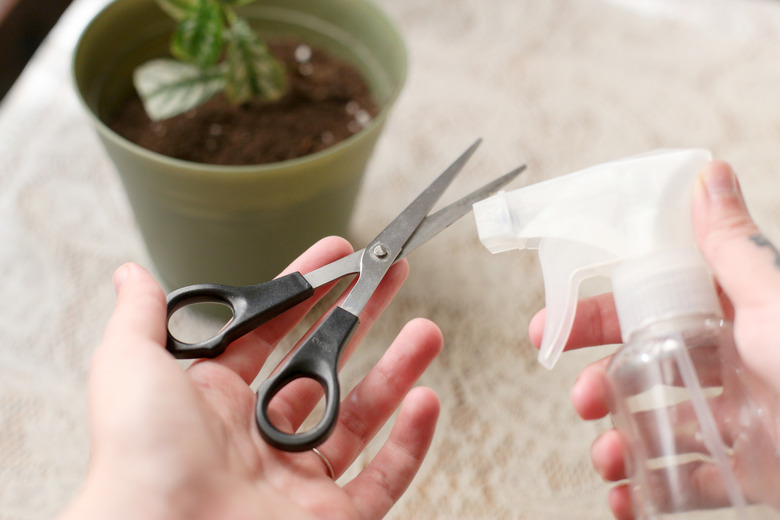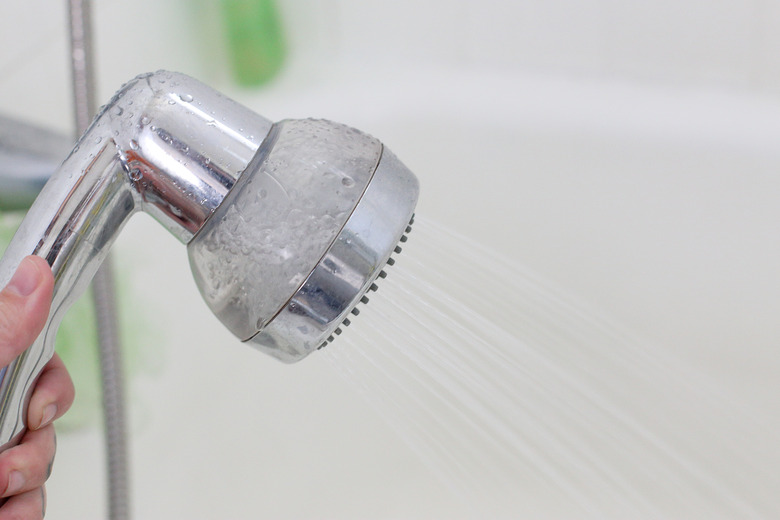How To Care For Persian Shield Plants
If you enjoy plants with decorative foliage, you might have encountered the Persian shield plant (Strobilanthes dyerianus). Known for its iridescent purple leaves, it's a tropical plant native to Myanmar that grows outdoors year-round in U.S.
If you enjoy plants with decorative foliage, you might have encountered the Persian shield plant (Strobilanthes dyerianus). Known for its iridescent purple leaves, it's a tropical plant native to Myanmar that grows outdoors year-round in U.S. Department of Agriculture plant hardiness zones 8 through 11, although it might die to the ground during winter in colder parts of this range. It also does well as an annual or a houseplant elsewhere, and needs only ordinary care to thrive.
Soil and Watering
Persian shield prefers organically rich, fertile soil. Top dressing a plant each spring with compost is helpful — add a 1- to 3-inch thick compost layer to the area under each plant and mix it into the soil gently, taking care not to disturb its roots. Persian shield needs regular moisture, so use your finger to check the soil's surface regularly and water thoroughly whenever the top 1 inch feels dry to the touch. If you grow the plant during winter, reduce watering to once every week or two to allow it a rest while it's dormant, but don't allow the soil to dry out completely. Because it's a tropical plant, Persian shield thrives in humid air, so keep a houseplant on a tray filled with moist pebbles or mist the foliage with water every few days. If you're growing the plant in a pot, choose one with bottom drainage holes.
- If you enjoy plants with decorative foliage, you might have encountered the Persian shield plant (Strobilanthes dyerianus).
- If you grow the plant during winter, reduce watering to once every week or two to allow it a rest while it's dormant, but don't allow the soil to dry out completely.
The Right Light
A Persian shield plant's leaves will have best color in partial shade, where they develop purple-silver upper surfaces, with young leaves that can be intensely purple-pink. Persian shield can tolerate sun for a few hours in the morning, but don't expose it to direct sun during hot summer afternoons or the leaves might become burned at the edges. When grown indoors, this plant does best in bright indirect light, such as a spot about 1 foot from a south- or west-facing window that's covered with a light curtain.
Feeding
Persian shield plant responds well to regular fertilizing from spring into fall, when it's actively growing and putting out shoots. Feed it with a balanced fertilizer, such as one that has an NPK ratio of 10-10-10 — dilute this to half-strength, which is usually 1/8 teaspoon in 1 gallon of water, but check the package label for rates and directions. When fertilizing, water the plant first so its roots are wet before you fertilize — this helps prevent root burn from the fertilizer solution.
A Tidy Plant
Persian shield can become leggy, especially in spring when it's growing quickly. It responds well to pinching back by cutting off stem tips, putting out several new shoots at each cut point to produce an extra-bushy plant. This plant can become 3 or 4 feet tall, especially when grown outdoors, and it might develop some tall stems that tend to flop over. Cutting these back several times during spring and early summer helps keep the plant's size under control and also prompts it to make more branches covered with colorful leaves. Spray the blades of the scissors or shears with household disinfectant before and after cutting the plant.
- A Persian shield plant's leaves will have best color in partial shade, where they develop purple-silver upper surfaces, with young leaves that can be intensely purple-pink.
- Persian shield plant responds well to regular fertilizing from spring into fall, when it's actively growing and putting out shoots.
Few Problems
Persian shield generally doesn't have problems with diseases. Indoor plants may have problems with spider mites. If you spot webbing on your plant, or see more stippling on the leaves than seems natural, rinse it off under a stream of water, either with a garden hose or with a shower attachment. Repeat every week until you no longer see webbing.
